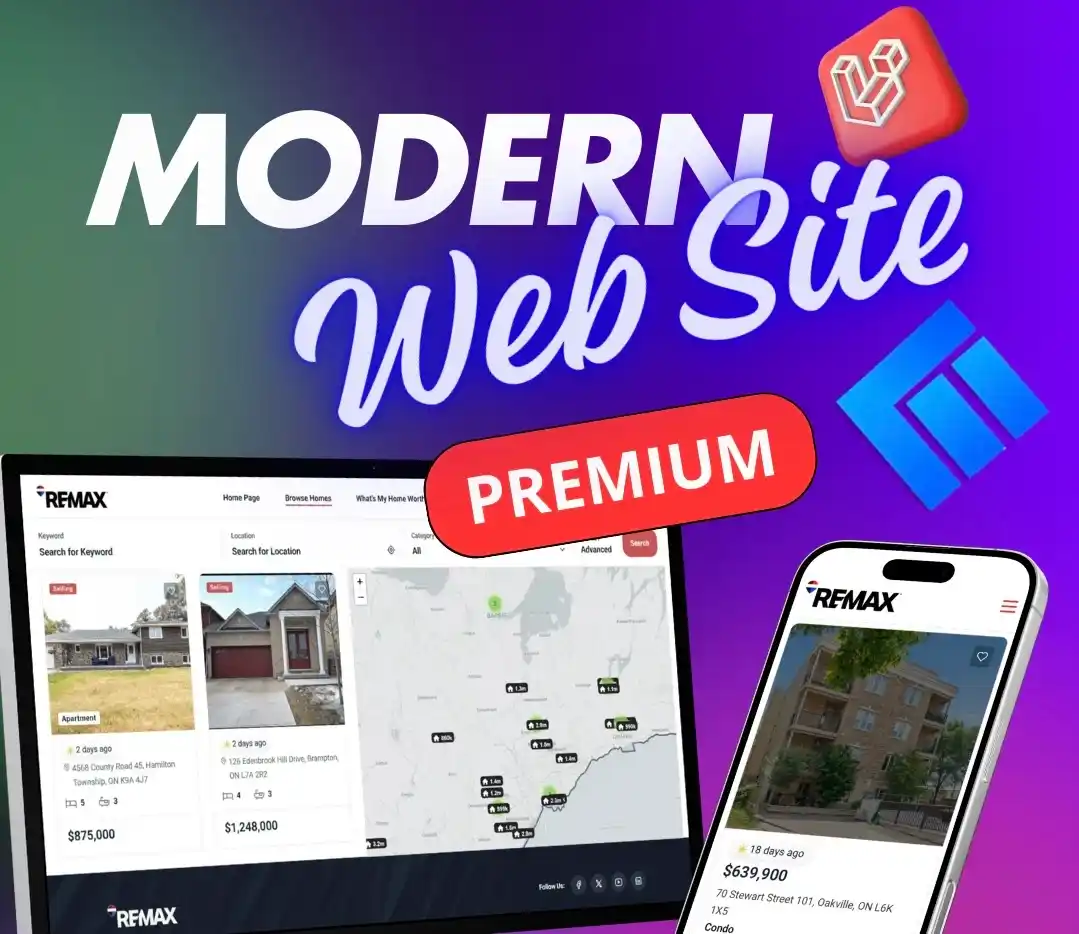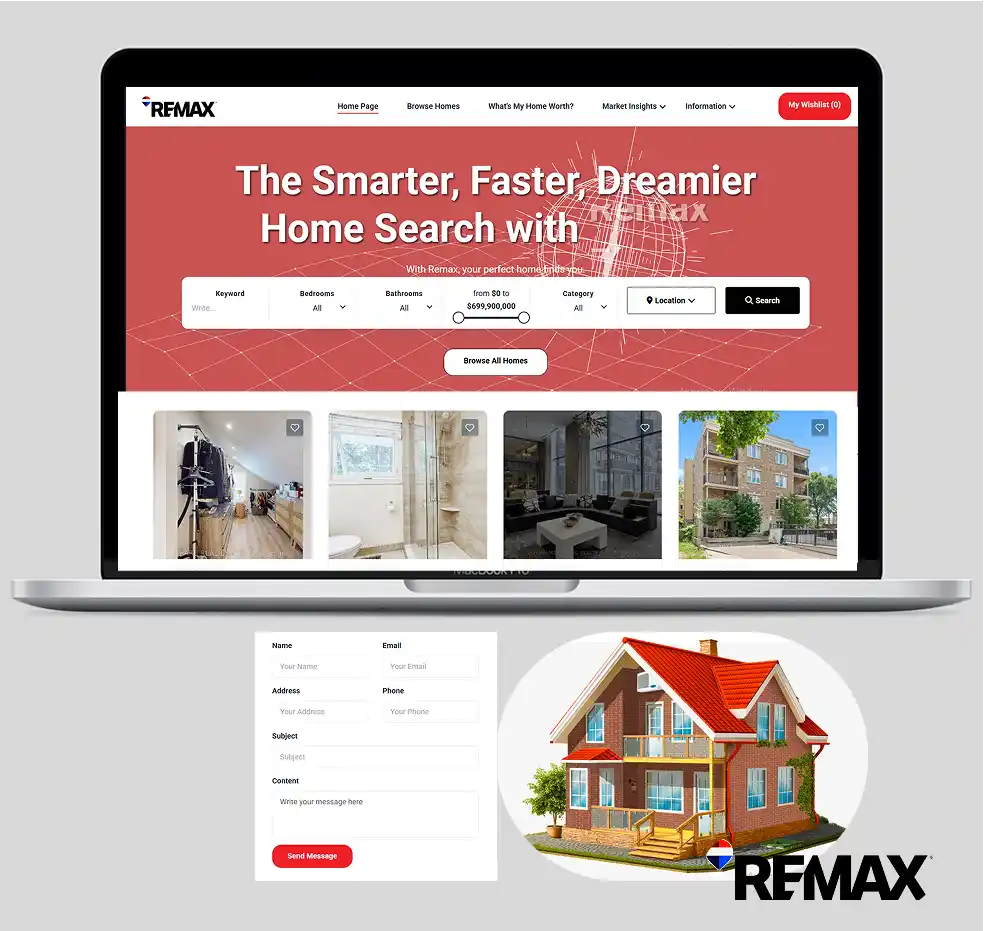
_11zon_11zon.webp)
2025-09-15
Real Estate Brand Book: Why It's Not Just a Logo, But the Foundation of Successful Sales
Real Estate Brand Book: Foundation of Successful Sales
Tags:
In the highly competitive world of real estate, every developer is fighting for a client’s attention. How can you stand out from dozens of other projects? How can you convince a buyer that your residential complex is a reliable choice? The answer lies in the power of a brand. And its foundation is a real estate brand book.
This article will explain what a brand book is, why a developer needs it, and which elements make it an effective marketing tool.
What Is a Real Estate Brand Book?
A brand book is not just a collection of rules for using a logo. It’s a document that details and formalizes all the elements of your project's visual and verbal identity. If the residential complex project is the building's blueprint, the brand book is the blueprint for your brand. It ensures that your project will always look cohesive and professional—from a billboard to a brochure, from a website to the design of the sales office.
A properly developed real estate brand book transforms a faceless construction project into a unique and recognizable brand that clients trust.
Why Does a Developer Need a Brand Book?
- Builds Trust and Professionalism. In a field where transactions are measured in the tens of thousands, trust is a key factor. A consistent corporate identity and coherent communication create the impression of a reliable, stable, and experienced developer.
- Distinguishes You from Competitors. A unique developer identity helps a project avoid getting lost among dozens of similar offers. A brand book allows you to create your own, easily recognizable style that attracts the attention of your target audience.
- Streamlines Marketing Efforts. Having clear instructions for using your corporate identity significantly simplifies the work for marketers, designers, and advertising agencies. Less time is spent on approvals, and the result always meets brand standards.
- Ensures Communication Unity. High-quality brand book development formalizes not only visual but also verbal rules: the tone of communication, key messages, and rules for writing texts. This ensures that no matter who is talking to a client or writing a social media post, the brand's voice remains unified.
Key Elements of a Real Estate Brand Book
What specific elements make a real estate brand book so valuable?
- Brand Mission and Values. This is the foundation that explains who you are and why you exist. For example, "we don't just build houses, we create spaces for a happy life."
- Logo Usage Rules. Detailed instructions on how to place the logo on different backgrounds, its minimum size, spacing from other elements, etc.
- Corporate Colors. A palette of primary and secondary colors with exact codes (HEX, RGB, CMYK) for web and print materials.
- Typography. A description of which fonts to use for headlines, body text, and marketing materials.
- Imagery Style. This can be a set of rules for photographers and designers: emotional photos, minimalistic renders, the use of natural light.
- Verbal Communication Rules. A description of the communication tone (e.g., "expert yet friendly"), examples of slogans, and key messages.
The Result: A Strong Brand and Increased Sales
An investment in a brand book pays off quickly. Thanks to a cohesive and professional image, your residential complex's recognition grows, potential clients' trust increases, and as a result, the number of inbound inquiries and the sales process accelerates.
A brand book for real estate is a strategic marketing tool that allows your project to not just exist in the market but to dominate it, building strong relationships with your audience and becoming a synonym for reliability.
Last News.
AI Manager Bob
Hi! Let's find the perfect solution for your business!

Select service type
Websites
Systems
Design
Mobile Apps
Promotion
Other
In which industry is your business?
E-commerce
Finance & Banking
Medicine & Health
Education
Real Estate
Entertainment & Media
Food & Restaurants
Other
What type of project do you need?
What is your project budget?
Do you want to choose technologies for the project?
Leave your contact details and our specialist will contact you to clarify details and offer the optimal solution.
What features should the project have?
CRM system
Online payment
Personal account
Product catalog
API integration
Analytics
Chat/Support
Mobile app
Blog/News
Booking system
Multilingual
Site search
Reviews/Ratings
Notifications
Data export
Data import
Subscriptions
What technologies interest you?
Laravel
Yii2
CodeIgniter
Symfony
CakePHP
PHP
Node.js
Django
Flask
Spring Boot
.NET Core
Express.js
NestJS
Golang
Solidity
Next.js
FastAPI
JavaScript
React
Vue.js
Angular
Svelte
jQuery
Nuxt.js
Backbone.js
Meteor.js
Solid.js
TypeScript
WooCommerce
PrestaShop
OpenCart
Shopify
Drupal
Magento
WordPress
Webflow
BigCommerce
React Native
Flutter
Kotlin
Swift
What additional services are needed?
Design
Branding
SEO promotion
PPC advertising
Technical support
Hosting
Copywriting
Analytics
Testing
Training
Content management
Security
Technical audit
SMM promotion
AR/VR development
Chat bots
Automation
Consulting
Almost done!
Leave your contact details and our specialist will contact you to clarify details and offer the optimal solution.
We guarantee the confidentiality of your data.
Leave your contact details
WhatsApp
Telegram
Viber
Email
Thank you for your request!
Our specialists will contact you within 24 hours to clarify details and offer the optimal solution.






_11zon_11zon.webp)